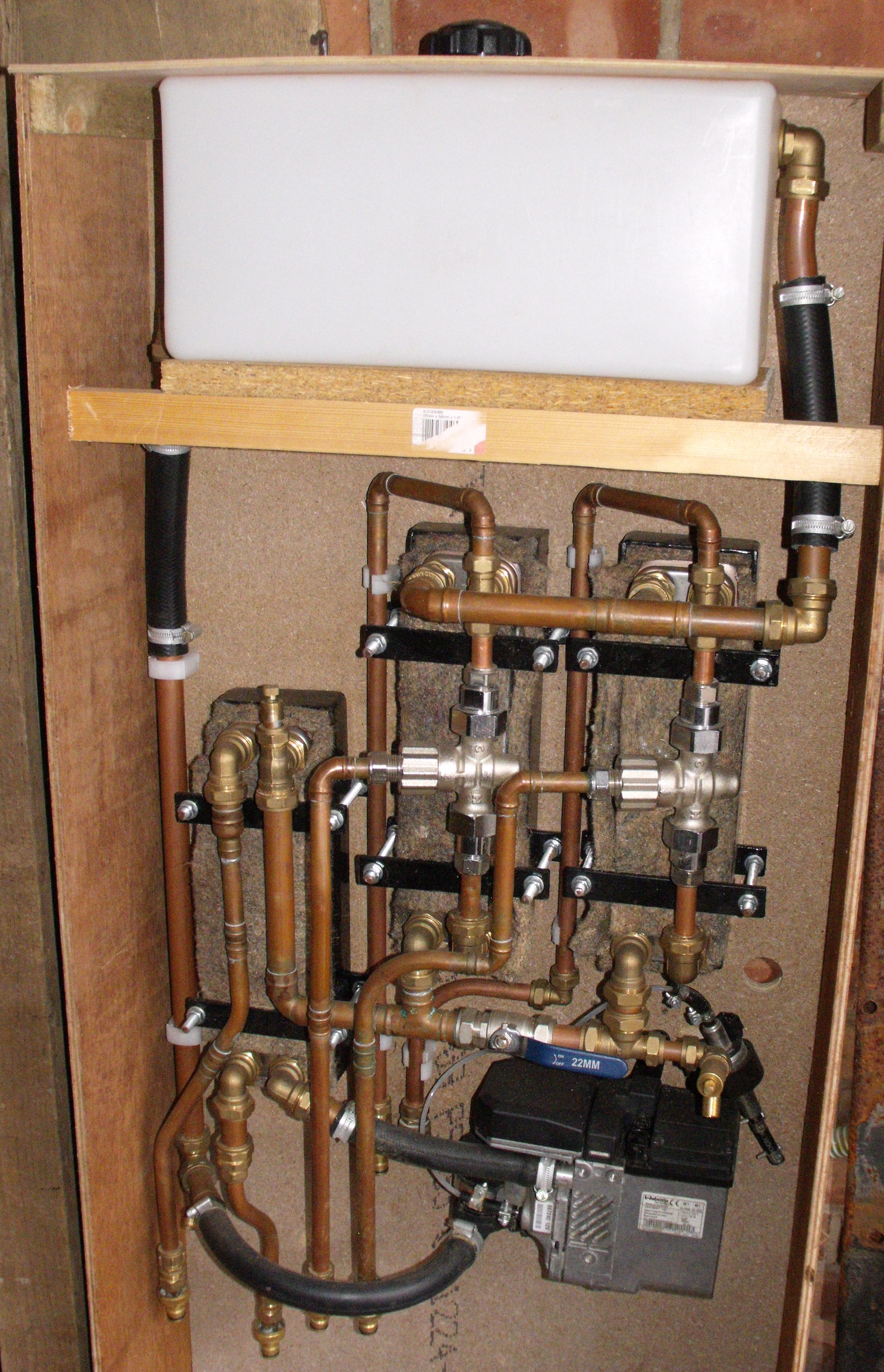5kw heater but itís is not a webasto heater like others
They said It can hit 45c but only hit 36c at best on my one which I feel now has not been right from the off
What make of diesel heater is it then?
I'm sure all hydronic diesel heaters work in the same way. They are basically designed as engine preheaters for use in areas that experience subzero temperatures.
When they are fired up they heat the coolant water in the engine to bring the engine up to normal operating temperature. When they are first fired up they produce heat in full output mode. Once the coolant water reaches a predetermined temperature the heater (furnace) then goes into a reduced heat output mode. Once the coolant water has reached its highest temperature (around 80 degrees C) (I can't remember the exact settings) the heater automatically goes into shutdown mode. This shutdown can take around 90 secs on a Webasto Thermo Top C. As the heater is still switched on, the heater's water pump will continue to circulate coolant water.
If the coolant water drops to say 65 degrees, the heater will reactivate, which will take another 90 secs.
What the wfp suppliers have done is adapted this principle to the window cleaning industry.
The heater heats up an internal water circuit which includes a header tank and 1 or 2 heat exchangers depending on the system.
The heat exchangers are plate to plate heat exchangers. They zap or transfer the heat produced in the internal circuit to the water being pumped to your pole.
The first issue. If you start your diesel heater as you are about to start your first clean, a 5kw heater is never going to heat your water fast enough, and it will take forever to get any heat at the brush head. So the recommendation is to start your heater on the way to your first job.
Let's look at the second issue. Let's say your heater has gone into shutdown mode as its reached its highest internal circuit temperature. You start cleaning windows. The temperature will be zapped from the internal circuit bringing it down to that 65 degree mark. The heater will then fire up again and take around 90 seconds to come fully into heat mode. While this is happening, your water started off hot and went cold when the internal temperature dropped well below 65 degrees until the heater fully started. Now you are back to the first issue. Added to this, what little heat that was in the water was lost to the environment from the hose on the ground.
One solution is to fit a pressure relief valve after your hot box to divert hot water back to your tank when you switch your pole tap off. Yes, your pump will run all the time, but it will keep your heater working. Ionics use this solution with their hot water system. They use a 65psi relief valve.
My solution was to add another heat exchanger, a 3rd Shurflo pump (I have a 2 man system) and a 12v digital temperature controller. With my 9kw Webasto heater I have set my controller to activate this 3rd pump at 83 degrees C and switch it off at 78 degrees C. So if I spend an hour talking, my heater will just remain in this reduced heat output mode until I start cleaning again. Even although I have set my output water temperature to my pole at 50 degrees C at the heater, it takes a long time before I feel any benefit at the brush head. In fact, with the hose running across a length of cold grass, the temperature at the brush head is barely lukewarm.
My gut is telling me that it's an application issue rather than a mechanical issue with your heater.
TBH my water isn't set hot enough for me to see any major cleaning rate improvement. But it's nice to have more manageable hoses. I can adjust the mixer valve to obtain a higher output water temperature, but if I do, I starve the second heat exchanger of heat.
Many years ago I made up a test rig to experiment with diesel hot water systems.

A 5kw barely managed to heat 1.5lpm of water to my brush head from 9 degrees to 35 degrees C. The calculation stated that to do this the heater would have to generate 2.65kw of heat. At first glance a 5kw should be able to do this, but nearly 50% of the heat produced by these heaters goes out of the exhaust and other heat loss areas.

